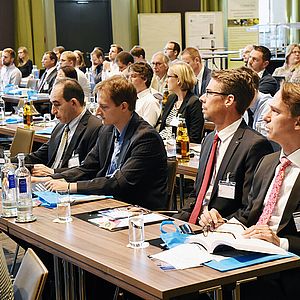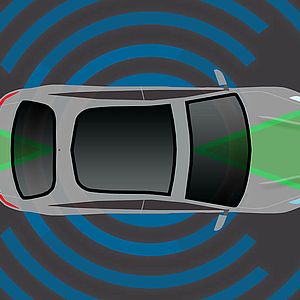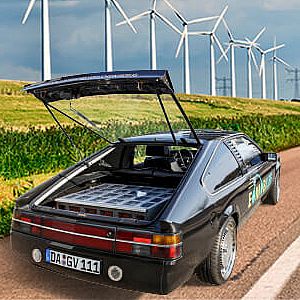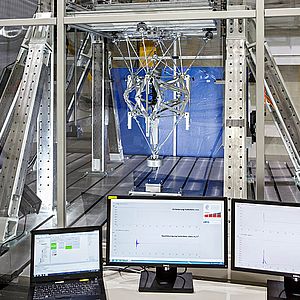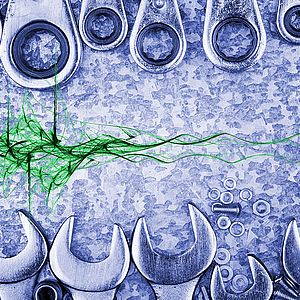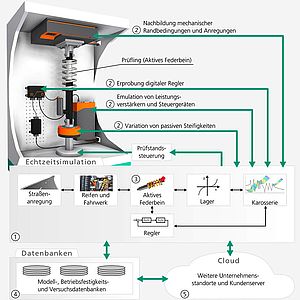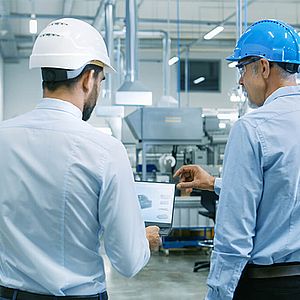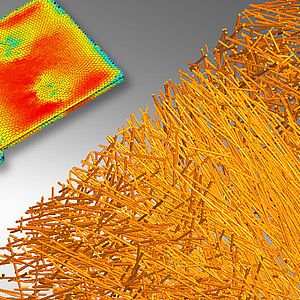Efficient development methods for future products.
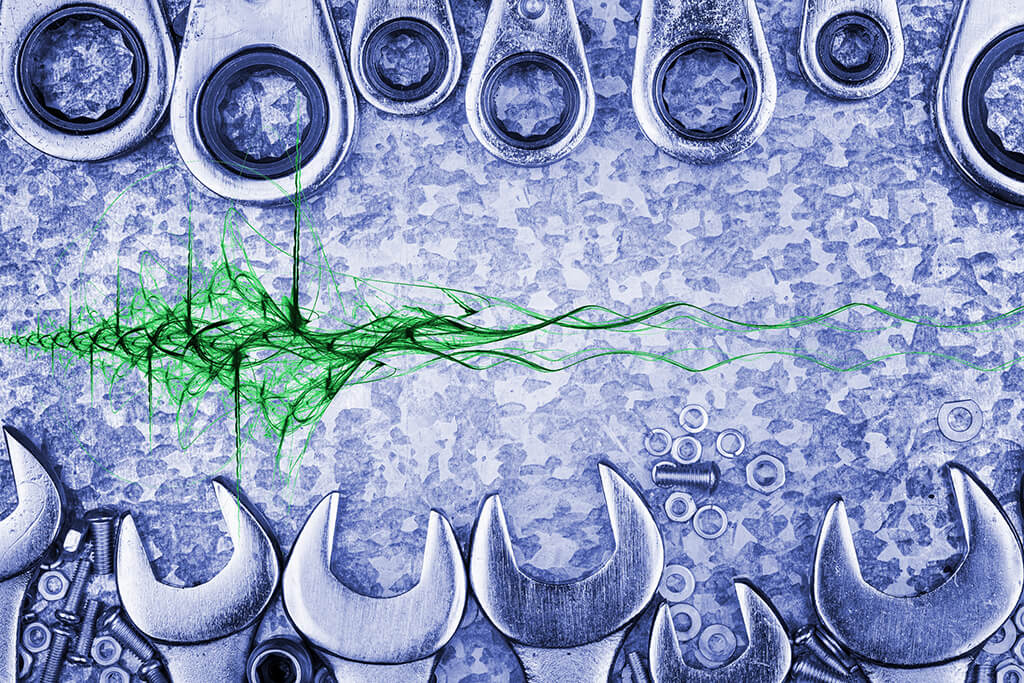
Modern products tend to a high complexity level regarding their integrated and interconnected mechanical, electrical and information-based functions. Additionally a trend towards significantly shorter development cycles is observed for various products. At the same time low development costs are often demanded. In order to manage these challenges efficient development methods are essential.
The requirements mentioned are only partially met in conventional development processes. Scientists from Fraunhofer LBF are researching new development methods for multiphysical applications, particularly with the aim of making their development faster, more accurate, efficient and cost-effective.
New methods for efficient systems
- Modern calculation and simulation methods, which map the system’s behavior by using a description method that crosses domains, can make a significant contribution to this. This enables early software-based decision-making – frontloading – at system level. It helps to save iterations in late development phases.
- Other aspects are increasing the closeness to reality and speeding up component development by employing test-driven development, e.g. with HIL approaches. This is used to quickly analyze and test various configurations under largely real conditions which enables substantiated decision-making in a short time.
- By linking the above-mentioned experimental and numerical methods, it is possible to realize the continuous validation of virtual and real development (cf. digital twin). This further supports fast variant analysis and reduces susceptibility to errors.
Reliable statements pay off
- Enhanced linked analysis methods are needed to secure the reliability of modern products. This is the subject of research by the scientists at Fraunhofer LBF. Quantitative methods and those with which it is possible to consider and evaluate uncertainties in the development are particularly interesting. The aim is to consider not only the characteristics of components and assemblies but also their interactions with each other in early phases of the development process. Lean development is guaranteed by continuous monitoring with reliability approaches and also with frontloading.
- Significant potential to sustainably change development processes is provided by increasingly equipping products with various sensory functions. This offers the potential to use this sensor information from the entire life cycle in a targeted manner, to evaluate it and use it for the continuous optimization of development processes.
Set up your development processes for the future and adapt your developments to future requirements. We would be happy to support you in identifying potential and customizing the design of your development methods and processes. Simply give us a call.

“Die Effizienz von Entwicklungsprozessen lässt sich durch den gezielten Einsatz innovativer Technologien deutlich steigern.
In Kooperation mit dem Fraunhofer LBF entwickeln wir adaptive Systeme, mit denen charakteristische Komponenteneigenschaften im Versuch im interessierenden Parameterraum schnell optimiert werden. Dies hilft uns bei der Realisierung kurzer Entwicklungszyklen, bei der Weiterentwicklung von Simulationsmethoden mittels »virtual testing« und erschließt Potenzial für die Verbesserung der Produkteigenschaften bei reduzierten Kosten.” Dr.-Ing. Falk Schönfeld, MAN Truck & Bus AG, Engineering Powertrain, Material Technology Powertrain
Contact
- Dr. Sven Herold
- Phone: +49 6151 705-259
- sven.herold@lbf.fraunhofer.de

